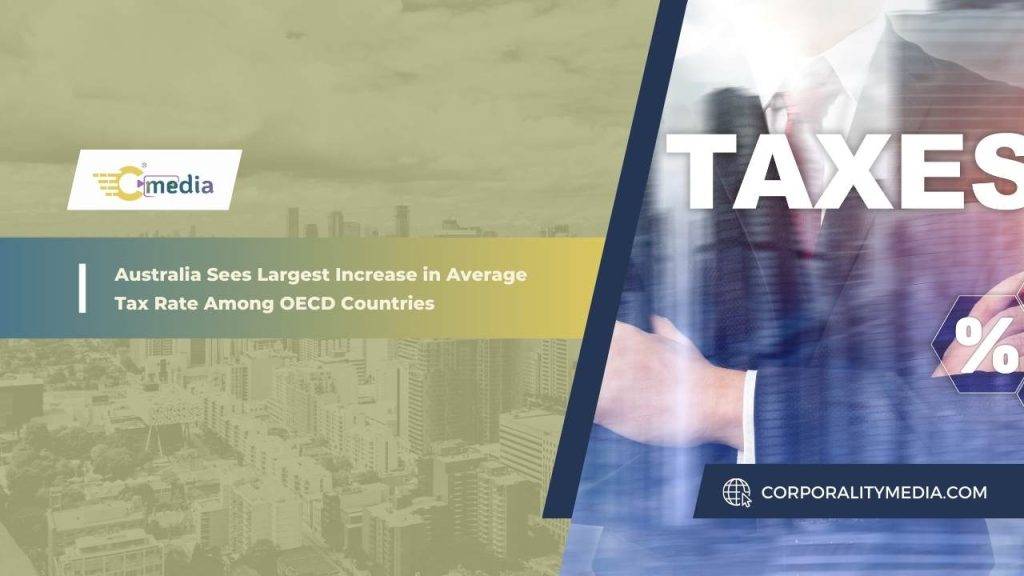Australia experienced the most significant rise in average tax rates among developed nations in the 2022-2023 financial year, according to recent data from the Organisation for Economic Cooperation and Development (OECD). The increase, standing at 7.6 percent, was attributed to bracket creep and the discontinuation of a tax offset that disproportionately affected low- and middle-income earners.
The OECD’s annual Taxing Wages report revealed that a single Australian without children, earning the average wage, paid $24,791 in income tax, equivalent to 24.9 percent of their gross wage. This increase in average tax rates was driven primarily by two factors: the expiration of a tax offset and bracket creep.
Also Read: Striking the Balance: Prioritizing Customer Experience Over Tech Hype in New Zealand Retail
Bracket creep occurs when nominal earnings rise due to inflation, pushing a greater proportion of workers’ pay into higher tax brackets, resulting in higher taxation rates. Consequently, lower middle-income earners were particularly impacted by the tax rise.
Data from the OECD highlights the stark difference in income tax burdens for Australians earning two-thirds of the average income. Last year, those in this income bracket paid 20.2 percent in income tax, amounting to $13,475. This represents the highest tax burden for this group since 2000. Comparatively, individuals in the same income bracket in 2022 paid a significantly lower tax burden of 17.2 percent, equivalent to $11,033.
Despite a $2,567 increase in wages for this group within a year, single Australian workers without children and earning two-thirds of the average wage saw only a nominal improvement of $125. This situation is exacerbated when factoring in the impact of inflation on the cost of living.
Australia’s average income tax rate of 24.9 percent ranks fourth-highest among developed nations, trailing behind Denmark, Iceland, and Belgium. This figure significantly surpasses the average income tax rate of 15.4 percent observed across the 38 OECD countries.
The Stage 3 tax cuts, set to take effect from July 1 this year, are expected to alleviate some of the tax burden for Australian taxpayers.
Also Check: Sentry PC












More Stories
Australia Unveils Strategy to Attract Foreign Investment
FCC Imposes $200 Million Fine on Major US Mobile Carriers for Unauthorized Sale of Customer Location Data
Louis Dreyfus Company Emerges Victorious in Namoi Cotton Takeover Bid